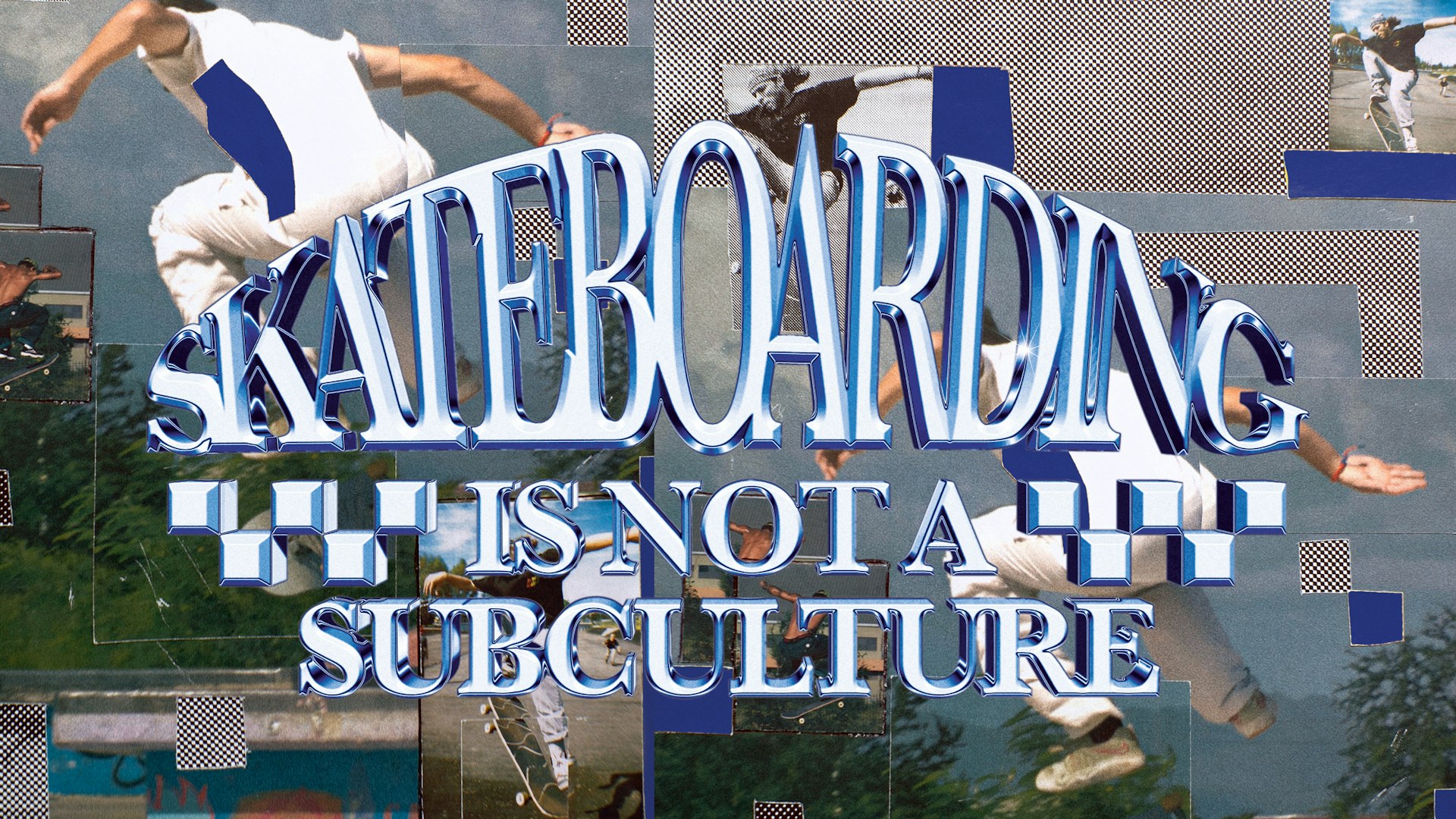In Pictures: How do you tell the story of the Internet?

Whitechapel Gallery is launching a major retrospective on art in the digital age. Electronic Superhighway (2016-1966) is massive, with over 70 artists covering a period of 50 years in a wide variety of mediums.
The exhibition, which is curated by Omar Kholeif and Séamus McCormack, features work that anticipated and responded to computer and Internet technologies. While showcasing the chequered story of the Internet’s development, the exhibition tracks the way art has changed alongside it. Documenting the history of the Internet has become a serious problem in the past decade. For one, as the amount of content grows and technology evolves, it becomes harder to access those cheesy old blogs you made when you were 13.
One of the artists in the show, Olia Lialina, has gotten creative with the archive process, developing an art/research project with Dragan Espenschied centred on the former web hosting service GeoCities – mining screenshots from an archive of GeoCities sites and presenting them on One Terabyte of Kilobyte Age.
This week Rhizome received an Andrew C. Mellon Foundation grant to develop Webrecorder, an open source “archival tool to create high-fidelity, interactive, contextual archives” of the internet’s content. Both One Terabyte of Kilobyte Age and Webrecorder speak to the threat posed by the Internet’s ephemerality: the culmination of unimaginable wasted hours exposed to the sands of time.

Asymmetric Love (2013) by Addie Wagenknecht, Courtesy bitforms gallery, New York. Photograph by David Payr © Addie Wagenknecht
The exhibition is arranged in backwards chronology, starting in 2015 with new artwork, and ending with the 1966 Experiments in Art and Technology (E.A.T.) group. E.A.T. was based out of New York and was seminal in linking artists and the industrial technology sector, with collaborations from Andy Warhol, Yvonne Rainer, Robert Rauschenberg, Jasper Johns and John Cage.

E.A.T.-News-–-Vol.-1 by Experiments in Art and Technology (E.A.T.)
The artists range from the cheeky to the severe. Cory Arcangel, whose piece in the exhibit was paired with the release of his own surfware line in November, describing it as “somewhere between suburban mall goth and self-help, […] aimed towards content creators of all ages,” represent a tongue-in-cheek millennial approach to the internet’s kitschy aesthetic history.

Snowbunny/Lakes (2015) by Cory Arcangel
James Bridle’s piece Homo Sacer (2014) is an uncanny installation piece that speaks to an alternate history of technology. It features a hologram (like those that have been popping up in airports and government buildings) that repeats lines from UK, EU and UN legislation emphasizing the violent nature of citizenship and government control.

Homo Sacer (2014) by James Bridle
Using a more traditional medium, Celia Hempton captures the internet’s slippery erotic life. Hempton paints arresting portraits of anonymous men from internet meeting-places like Chatroulette.

Aldo and Jesi, Albania, 16th August 2014 (2014) by Celia Hampton
Some of the other artists include Douglas Coupland, Trevor Paglen, Nam June Paik, Jon Rafman, Hito Steyerl and Amalia Ulman.
Whitechapel Gallery is also presenting a series of events to accompany the exhibition. The gallery’s film, animation and video programme, Artist’s Film International, will be screening Rachel Maclean’s Germs (2013). The short and haunting parody of female-targted advertising can be watched below
Electronic Superhighway (2016-1966) runs from 29 January to 15 May 2016.
Enjoyed this article? Like Huck on Facebook or follow us on Twitter.
Latest on Huck

“I refuse to accept child poverty is a normal part of our society”: Apsana Begum MP on voting to scrap the cap
After seeking to “enhance” the King’s Speech by voting for the scrapping of the controversial two child benefit cap, the MP for Poplar and Limehouse lost the Labour Whip.
Written by: Apsana Begum

Is skateboarding really a subculture anymore?
With skate’s inclusion in the Olympics, Kyle Beachy asks what it means for the culture around the sport, and whether it’s possible to institutionalise an artform.
Written by: Kyle Beachy

Autism cannot be cured — stop trying
A questionable study into the ‘reversal’ of autism does nothing but reinforce damaging stereotypes and harm, argues autistic author Jodie Hare.
Written by: Jodie Hare

Bristol Photo Festival returns for second edition
After the success of it’s inaugural run, the festival returns this autumn with exhibitions, education and community programmes exploring a world in constant motion through still image.
Written by: Ben Smoke

Documenting the life of a New York gang leader paralysed by gun violence
New photobook ‘Say Less’ is a complex yet humanising look into a life wrecked by gun violence and organised crime.
Written by: Isaac Muk

The woman who defined 80s Hip Hop photography
A new exhibition brings together Janette Beckman’s visionary and boundary pushing images of an era of cultural change and moral panic.
Written by: Miss Rosen